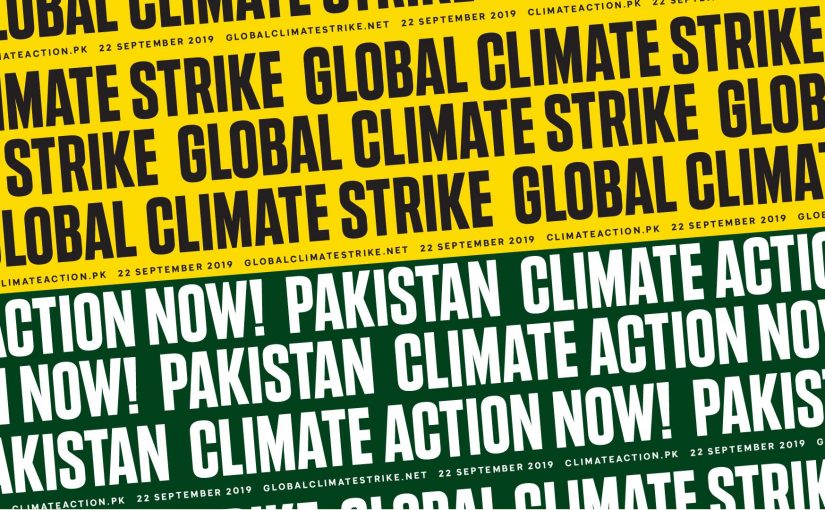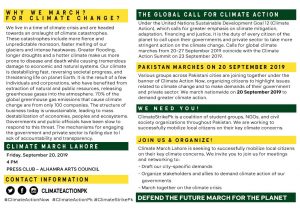
The Amazon in Danger | Mumtaz Mir
The Amazon Rainforest is a moist, tropical, broadleaf forest, which is in the Amazon biome and covers a majority of the Amazon Basin in South America. Its area is 5.5 million kilometres square and it spreads out over nine nations- Brazil, Peru, Colombia, Venezuela, Ecuador, Bolivia, Guyana, Suriname and French Guiana, but majority of the forest is located within Brazil. The Amazon comprises of over half of the remaining rainforests of the planet, plus, is home to an estimated 390 billion individual trees, divided into 16,000 species.
Recently, it was discovered that the Amazon has been burning for months now, with the month of August seeing a rapid growth in the number of observed wildfires, which were first reported by Brazil’s National Institute for Space Research, in June and July, 2019. The location of these fires was detected by MODIS (Moderate Resolution Imaging Spectroradiometer) from August 15 to August 22, and they mainly occurred within Brazil, Bolivia, Peru and Paraguay, during this year’s Amazonian dry season. Statistics show this year has seen 40,000 fires since January, which are still ongoing. This has caused 906,000 hectares of the rainforest to be burnt.
Moreover, Brazil’s satellite agency has detected over 74,000 fires between January and August. The matter of Amazon’s wildfires caught international attention only last month, after Brazil declared a state of emergency, otherwise, unnoticeable media coverage was given to this urgent matter when it first started. CNN reported that the number of fires in Brazil this year, is the highest on record since 2013, and has increased by 85% from last year.
Fire is usually used to clear out land for farming or ranching. For this reason, Christian Poirier, the program director of the non-profit Amazon Watch, told CNN that the huge number of fires can be attributed to humans. On the other hand, Brazil’s President, Jair Bolsorano, suggested the fires were set by non-governmental organisations in retaliation to funding cuts, although he provided no evidence for this, according to BBC.
Politicians and environmental activists are taking a stand against Bolsorano and are blaming the fires on his policies- he has not condemned deforestation and supports clearing of the Amazon for agriculture and mining. He believes that smaller groups of people should be held more responsible for starting of the fires, rather than big corporations. Another source has reported that China’s desire for more soybeans and agricultural products has driven up the demand for more farmland, which is contributing to deforestation.
The primary reason why these Amazon wildfires are hazardous and life-threatening, is the fact that the forest produces 20% of the earth’s oxygen, (which is why it is called the earth’s lungs). It is considered vital in slowing down global warming. The large swaths of the rainforest play a crucial role in the world’s ecosystem as they absorb carbon-dioxide and heat, and produce oxygen.
The European Union’s satellite program, Copernicus, released a map showing smoke from the fires, spreading all along Brazil to the east Atlantic coast. It also reported a “discernible spike” in emissions of carbon-monoxide and carbon-dioxide, generated by these fires. In addition to this, the smoke has reached to Sao Paulo, which is more than 1700 miles away from the forest. This was known through social media that showed images of giant plumes of smoke emerging from the greenery, leaving behind blackened waste in its wake.
Mazeika Sullivan, an associate professor at Ohio State University’s School of Environment and Natural Resources, explained that the fires could have a massive toll on the wildlife in the Amazon rainforest, because these animals aren’t adapted for extraordinary fires. Lizards, sloths, anteaters and frogs may perish in large numbers as compared to others, due to their small size and very little mobility; additionally, Endemic species like Milton’s Titi and Mura’s saddleback tamarin are believed to be affected adversely, as well.
Aquatic species, like the Red-bellied Piranha, Electric Eels, Bull Sharks, and Pancake Stingrays (among many others), could be affected too. This may be because of the changing of the water chemistry, due to the fires- it will result in water becoming unsuitable, for life.
Various tribes living in the Amazon, (the indigenous people), are particularly at risk. On January 31, the largest of Brazil’s indigenous protests took place, against Bolsorano’s policies.
According to CNN, the French President Emmanuel Macron, said that G7 countries would release $22 million, to provide financial support to help in fighting the fires in the Amazon rainforest. The funding pledge was announced as leaders of the G7- Canada, France, Germany, Italy, Japan, the UK and the US- continue to meet in France. Furthermore, the Defence Ministry of Brazil has said that 44,000 troops are available to help in the effort, after President Bolsorano authorised the military to overcome the blazes. On August 22, the Bishops Conference for Latin America called the fires a ‘tragedy’, and encouraged the UN, the international community and governments of Amazonian countries to “take serious measures to save the world’s lungs”.
Meanwhile, other efforts are being taken by influential people to cater this critical situation. American actor, Leonardo DiCaprio, said that his environmental organization, Earth Alliance, is donating $5 million to indigenous communities to help protect the Amazon. Also, Bernard Arnault, (who is Europe’s richest man), declared that his Louis Vuitton Moet Hennessy group will donate $11 million to aid in the fight against the wildfires.
In Pakistan, the civil society, especially Climate Change Pakistan, a privately run forum has been raising voice about this, as well as suggesting alternative measures to create urban forests and control carbon emissions. Through writing, marches, social media awareness, more people can be involved in the process.


Mumtaz is 15, and O’Levels student who reads fiction and writes poetry.
The Views expressed herein are of the author. LEARN takes no responsibility for the accuracy or any other claims related to or associated with the content.

